Prepare to embark on a captivating journey into the realm of cells with the Cell City Analogy Answer Key. This comprehensive guide unveils the intricate workings of cells by comparing them to the bustling metropolis of a city. Delve into the fascinating parallels between cellular structures and urban counterparts, gaining an unparalleled understanding of the microscopic world that sustains life.
From the nucleus, the command center of the cell, to the mitochondria, the powerhouses that fuel its activities, each organelle plays a vital role in maintaining cellular harmony. Discover how ribosomes resemble bustling factories, the endoplasmic reticulum mirrors a complex transportation network, and lysosomes function as efficient recycling centers.
With every analogy, the Cell City Analogy Answer Key illuminates the intricate dance of life within the confines of a single cell.
Cell City Analogy Overview
The cell city analogy is a powerful tool for understanding the complex structures and functions of cells. By comparing the organelles of a cell to the structures and functions of a city, this analogy makes it easier to grasp the essential components of a cell and their roles in maintaining cellular life.
Different Organelles and Corresponding City Structures
The analogy draws parallels between various organelles and city structures:
- Cell Membrane:City Wall – Protects the cell from its surroundings and regulates the passage of materials.
- Cytoplasm:Streets and Parks – Provides a medium for movement and contains essential materials.
- Nucleus:City Hall – Contains the cell’s genetic material and controls its activities.
- Mitochondria:Power Plants – Generate energy for the cell.
- Ribosomes:Factories – Produce proteins essential for cell function.
- Endoplasmic Reticulum:Transportation System – Transports materials within the cell.
- Golgi Apparatus:Post Office – Modifies and packages proteins for secretion.
- Lysosomes:Recycling Center – Break down waste and cellular debris.
Nucleus
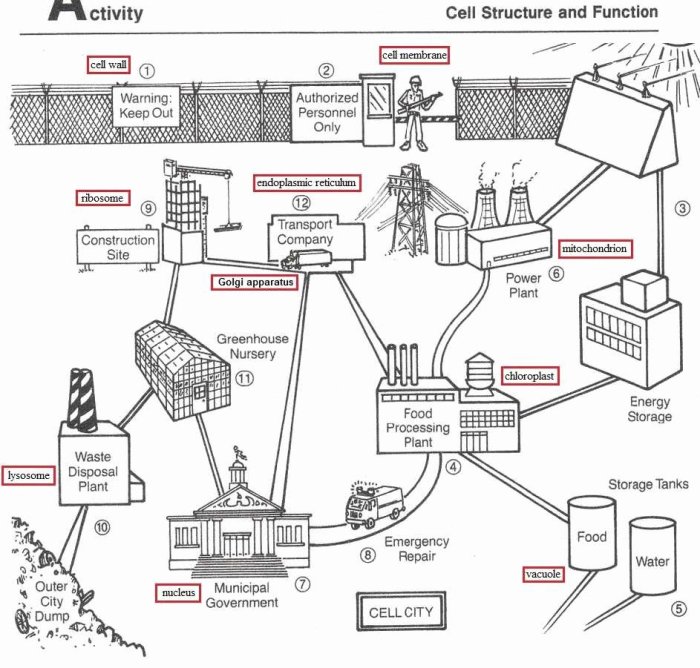
The nucleus is the control center of the cell, responsible for directing and coordinating all cellular activities. It is enclosed within a nuclear envelope, a double membrane that separates the nucleus from the rest of the cell. Inside the nucleus is a dense network of chromatin, a substance composed of DNA and proteins.The
nucleus compares to the city’s mayor’s office or city hall. Just as the mayor’s office manages and oversees the operations of the city, the nucleus manages and oversees the operations of the cell. It contains the cell’s genetic information, which is used to direct the synthesis of proteins and other molecules necessary for cell function.
The nucleus also controls cell division, ensuring that genetic material is accurately copied and distributed to daughter cells.
Ribosomes: The Protein Factories
Ribosomes are the protein factories of the cell. They are responsible for assembling proteins, which are essential for all life processes.
Ribosomes are composed of two subunits, a large subunit and a small subunit. The large subunit contains the rRNA (ribosomal RNA) and proteins necessary for protein synthesis. The small subunit contains the rRNA and proteins necessary for binding to mRNA (messenger RNA).
The analogy between ribosomes and factories or assembly lines in a city is apt. Ribosomes, like factories, assemble proteins in a step-by-step process. The mRNA is like a blueprint for the protein, and the ribosome follows the blueprint to assemble the protein.
Protein Synthesis
Protein synthesis is the process by which ribosomes assemble proteins. Protein synthesis occurs in three steps:
- Initiation: The ribosome binds to the mRNA and begins to read the blueprint.
- Elongation: The ribosome moves along the mRNA, adding amino acids to the growing protein chain.
- Termination: The ribosome reaches the end of the mRNA and releases the completed protein.
Protein synthesis is a vital process for all life. Proteins are used for a variety of purposes, including:
- Structural support
- Enzymes
- Hormones
- Antibodies
Endoplasmic Reticulum
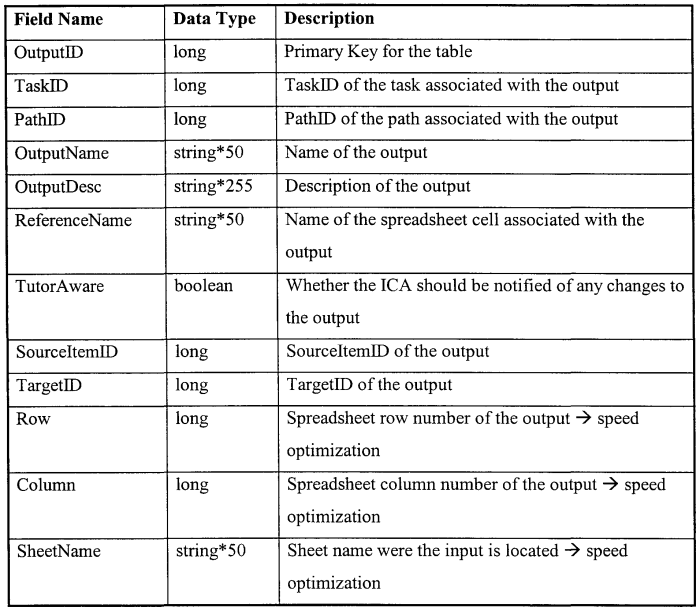
Imagine the bustling streets of a city, a complex network of roads and highways connecting every corner and facilitating the smooth flow of traffic. This is akin to the endoplasmic reticulum (ER), an intricate network of membranes that weaves through the cytoplasm of eukaryotic cells.
The ER is a highly dynamic and versatile organelle that plays a pivotal role in cellular processes. Its structure comprises two main types: rough ER and smooth ER. Rough ER, studded with ribosomes on its cytoplasmic surface, is primarily responsible for protein synthesis, while smooth ER lacks ribosomes and is involved in various other functions, including lipid metabolism, detoxification, and calcium storage.
Functions of the Endoplasmic Reticulum, Cell city analogy answer key
Just as the transportation network of a city ensures the efficient movement of goods and people, the endoplasmic reticulum serves multiple functions within the cell:
- Protein Synthesis:Rough ER is the primary site of protein synthesis. Ribosomes attached to its surface translate mRNA into proteins, which are then folded and modified within the ER lumen.
- Lipid Metabolism:Smooth ER is involved in the synthesis and metabolism of lipids, including phospholipids, steroids, and waxes. It also plays a role in the detoxification of drugs and other harmful substances.
- Calcium Storage:Smooth ER acts as a reservoir for calcium ions, releasing them into the cytoplasm when needed for cellular signaling and other processes.
Golgi Apparatus
The Golgi apparatus is a complex of flattened membranes that resembles a stack of pancakes. It is responsible for packaging and distributing proteins and lipids throughout the cell. The Golgi apparatus is divided into three sections: the cis face, the medial face, and the trans face.
When delving into the intricacies of the cell city analogy, it’s easy to get sidetracked by the captivating beauty of the Kaaba in AP Art History . However, returning to the cell city analogy answer key, we find ourselves navigating the fascinating parallels between the bustling city and the intricate workings of a cell.
The cis face receives proteins and lipids from the endoplasmic reticulum, while the trans face releases them into the cytoplasm.The Golgi apparatus is similar to a city’s packaging and shipping center. It receives raw materials from the endoplasmic reticulum, processes them, and packages them for delivery to their final destination.
The Golgi apparatus also sorts and labels proteins and lipids so that they can be delivered to the correct location within the cell.
Functions of the Golgi Apparatus
The Golgi apparatus has a number of important functions, including:
- Packaging proteins and lipids into vesicles
- Modifying proteins and lipids by adding carbohydrates or other molecules
- Sorting proteins and lipids so that they can be delivered to the correct location within the cell
- Recycling damaged proteins and lipids
Mitochondria
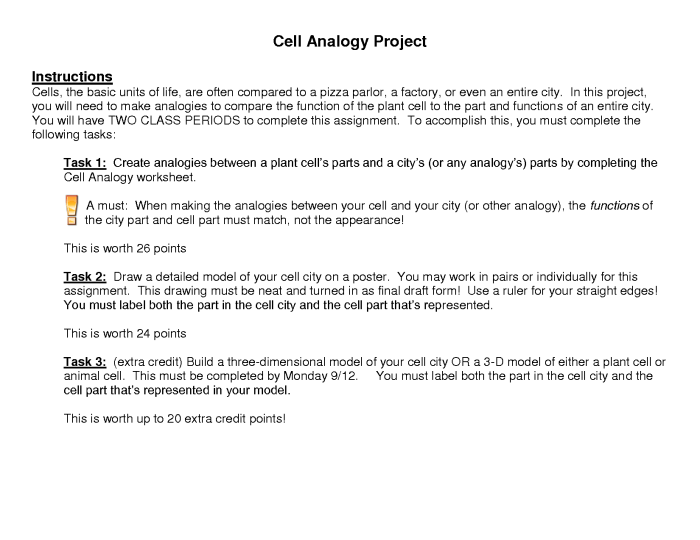
The mitochondria are small, bean-shaped organelles found in the cytoplasm of eukaryotic cells. They are often referred to as the “powerhouses of the cell” because they are responsible for producing the majority of the cell’s energy.
Mitochondria have a double membrane structure. The outer membrane is smooth, while the inner membrane is folded into cristae. The cristae increase the surface area of the inner membrane, which is where the enzymes involved in energy production are located.
Mitochondria are analogous to power plants or energy sources in a city. They generate energy in the form of ATP (adenosine triphosphate), which is used by the cell to power all of its activities.
The Electron Transport Chain
The electron transport chain is a series of proteins located in the inner membrane of the mitochondria. It is responsible for generating most of the ATP produced by the mitochondria.
The electron transport chain works by passing electrons from one protein to the next. As the electrons pass through the chain, they lose energy, which is used to pump protons across the inner membrane. The protons create a gradient, which is used to drive the synthesis of ATP.
Vacuoles: Cell City Analogy Answer Key
Vacuoles are membrane-bound organelles that function as storage units within the cell. They are typically filled with fluid, and their contents can vary depending on the cell type and its function.
In plant cells, vacuoles are particularly large and occupy a significant portion of the cell volume. They play a crucial role in maintaining cell turgor, providing structural support, and storing various substances such as water, salts, sugars, proteins, and waste products.
In animal cells, vacuoles are generally smaller and more numerous. They are involved in a range of functions, including storage of nutrients, waste products, and secretory products. Some specialized vacuoles, such as lysosomes, contain digestive enzymes that help break down cellular waste and foreign materials.
Similarities to Storage Units in a City
Vacuoles are analogous to storage warehouses or pantries in a city. Just as warehouses store a variety of goods for distribution, vacuoles store various substances essential for cell function.
Furthermore, vacuoles can be dynamic and adapt to changing cellular needs. For example, in plant cells, vacuoles can expand or contract to regulate cell volume and turgor pressure. Similarly, in animal cells, vacuoles can fuse or divide to accommodate changes in storage requirements.
Lysosomes: The Recycling Center
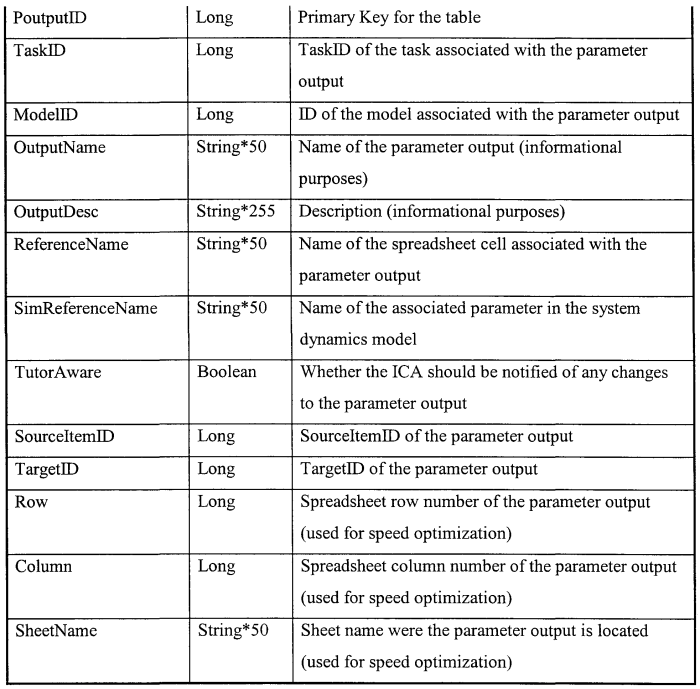
Lysosomes are organelles found in the cytoplasm of animal cells. They are membrane-bound sacs that contain digestive enzymes capable of breaking down various cellular materials.
Lysosomes play a crucial role in the recycling process within the cell. They engulf and break down damaged organelles, cellular debris, and foreign substances that enter the cell. The digested materials are then recycled back into the cell for reuse or disposed of as waste.
Structure of Lysosomes
- Lysosomes are spherical or oval-shaped organelles.
- They are surrounded by a single phospholipid bilayer membrane.
- The interior of lysosomes is acidic, with a pH of around 4.5-5.0.
- The acidic environment is maintained by proton pumps in the lysosomal membrane.
Functions of Lysosomes
- Digestion of cellular materials:Lysosomes contain a variety of digestive enzymes, including proteases, nucleases, and lipases. These enzymes break down proteins, nucleic acids, and lipids, respectively.
- Recycling of materials:The digested materials are recycled back into the cell for reuse. For example, amino acids from broken-down proteins can be reused to synthesize new proteins.
- Disposal of waste:Indigestible materials, such as certain pigments and heavy metals, are stored in lysosomes and eventually excreted from the cell.
- Defense against pathogens:Lysosomes play a role in the defense against pathogens by engulfing and destroying invading microorganisms.
Lysosomes are essential for maintaining the health and proper functioning of cells. They act as the recycling center and waste disposal system, ensuring that the cell can efficiently dispose of unwanted materials and recycle useful components.
Cell Membrane
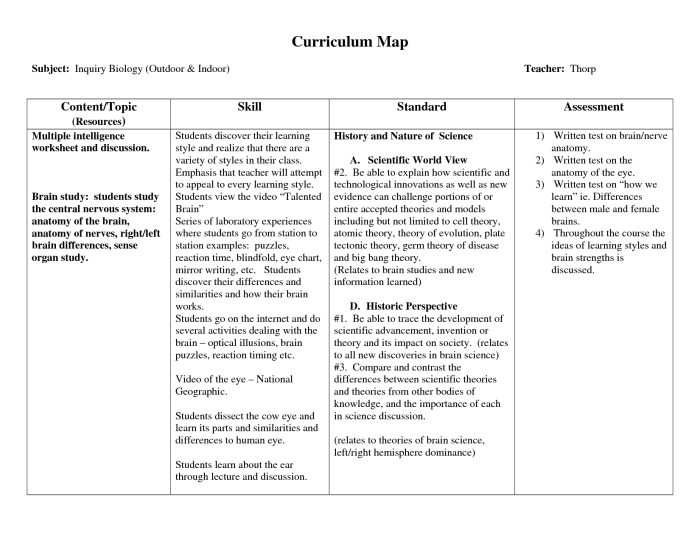
The cell membrane is the outermost layer of the cell, separating the cell’s interior from its surroundings. It acts as a protective barrier and regulates the passage of materials into and out of the cell.
The cell membrane is similar to a city’s protective wall or border. It defines the limits of the city, controls who and what enters and leaves, and protects the city from external threats.
Structure of the Cell Membrane
- The cell membrane is composed of a phospholipid bilayer, which consists of two layers of phospholipids arranged tail-to-tail.
- The phospholipids have hydrophilic (water-loving) heads and hydrophobic (water-hating) tails.
- The hydrophilic heads face outward, towards the watery environment inside and outside the cell.
- The hydrophobic tails face inward, forming a nonpolar barrier that prevents the passage of water-soluble molecules.
Functions of the Cell Membrane
- Protection:The cell membrane protects the cell from its surroundings and prevents the leakage of cell contents.
- Regulation of Material Exchange:The cell membrane controls the passage of materials into and out of the cell. It allows the entry of essential nutrients and the removal of waste products.
- Cell Signaling:The cell membrane contains receptors that bind to specific molecules, triggering intracellular responses.
- Cell Recognition:The cell membrane contains glycoproteins and glycolipids that help cells recognize each other and interact with their environment.
FAQ Guide
What is the purpose of the Cell City Analogy?
The Cell City Analogy serves as a pedagogical tool to make complex cellular concepts more relatable and understandable by comparing them to the familiar structures and functions of a city.
How does the nucleus compare to the city’s mayor’s office?
Just as the mayor’s office governs and coordinates activities within a city, the nucleus acts as the control center of the cell, directing cellular processes and housing the cell’s genetic material.
What is the significance of ribosomes being analogous to factories?
Ribosomes are responsible for protein synthesis, the building blocks of life. This process is akin to the production lines in factories, where raw materials are transformed into finished products.